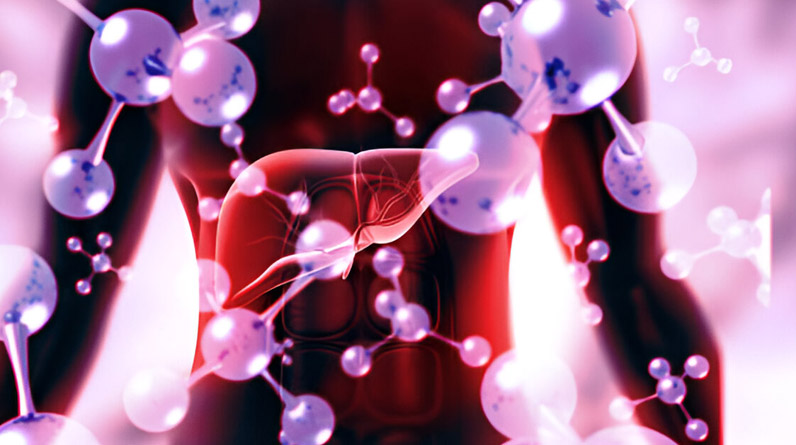Key Takeaways:
Animal models, particularly mouse models, are crucial in preclinical studies for Metabolic-associated Steatohepatitis (MASH). These models are essential for understanding the complexities of the disease, testing therapeutic interventions, and bridging the gap between basic research and clinical application.
Table of Contents:
- Introduction
- Understanding Mouse Models in MASH Research
- The Science Behind Mouse Models
- Advantages of Mouse Models
- Applications in MASH Research
- Conclusion
Introduction
Metabolic-associated Steatohepatitis, or MASH, represents a significant concern in the realm of liver-related conditions, primarily due to its rising prevalence and potential progression to severe liver diseases. In recent years, the focus has increasingly shifted to understanding and managing this condition through rigorous research. Preclinical mouse models have emerged as invaluable assets among the various tools available for such investigations. These models provide researchers with critical insights into disease mechanisms and enable the evaluation of therapeutic strategies before they reach clinical stages. This article delves into the role of mouse models in MASH research, exploring their scientific underpinnings, advantages, and applications.
Understanding Mouse Models in MASH Research
Mouse models have become indispensable in studying MASH due to their biological and physiological similarities to humans. These models are meticulously crafted to replicate MASH conditions, allowing researchers to observe disease progression and response to therapies at a granular level. Incorporating MASH/NASH mouse & hamster models in research has enabled scientists to bridge gaps in understanding between basic laboratory studies and practical clinical applications. Mouse genetics can be manipulated to produce varying disease phenotypes, closely mimicking the genetic and dietary causes seen in humans. Such flexibility allows researchers to investigate various hypotheses and therapeutic approaches, tailoring their investigations to specific facets of MASH.
One of the key strengths of mouse models is their ability to mimic the intricate biological processes that occur in human MASH. Researchers can introduce or delete specific genes through genetic engineering to understand their role in disease progression. This ability to control genetic variables provides a powerful tool for uncovering the molecular pathways that drive MASH. Additionally, researchers can manipulate the environment and diet of mouse models to study how external factors contribute to the disease. This holistic approach enables the investigation of gene-environment interactions, providing a comprehensive understanding of MASH pathogenesis.
The Science Behind Mouse Models
Mouse models in MASH research are carefully designed using various scientific techniques to simulate the complexities of the disease. Genetic engineering allows for the creation of models that express particular genetic traits associated with MASH, providing insights into how genetic predispositions affect disease development. Dietary interventions, commonly used in these models, replicate the high-fat, high-carbohydrate dietary patterns often linked with MASH in humans. By observing how mice respond to these dietary changes, researchers can gain valuable information on the metabolic and inflammatory pathways contributing to MASH.
These models offer a controlled environment where variables can be systematically altered and studied, providing a clearer understanding of disease mechanisms. The mouse’s short reproductive cycle and lifespan enable rapid experimentation across multiple generations, accelerating research and discovery. This accelerated timeline is particularly beneficial for studying the long-term effects of potential treatments and interventions, allowing researchers to gather data in a fraction of the time it would take with human subjects.
Advantages of Mouse Models
The utilization of mouse models in MASH research offers several advantages that are pivotal to scientific advancements. One of the most significant advantages is the genetic similarity mice share with humans, which facilitates the study of human diseases in a relatable context. Furthermore, the availability of extensive genetic data and the ability to manipulate mouse genomes provide researchers with powerful tools to explore genetic contributions to MASH.
Mouse models also offer practical benefits, such as their relatively low maintenance costs and ease of handling, which allow for large-scale studies that would be impractical in larger animals or humans. These studies can investigate the effects of potential treatments or interventions at a fraction of the cost and time, proving crucial in the path to clinical application. The ethical considerations associated with using mouse models are also less complex than those involving higher-order animals, making them a more feasible option for extensive research.
Applications in MASH Research
Mouse models are central to several key applications in MASH research. One of their primary uses is in testing and validating new pharmacological treatments. Before any new drug can be considered for clinical trials, it must first be evaluated in a preclinical setting to assess its efficacy and safety. Mouse models provide a reliable platform for such evaluations, helping researchers understand not only how a drug interacts with MASH pathology but also its potential side effects.
Beyond pharmacology, these models are essential in studying the underlying genetic and metabolic alterations in MASH. Researchers can use genetically modified mice to pinpoint specific genes involved in disease pathogenesis and study how altering these genes affects disease progression. This knowledge is vital for developing targeted therapies that address the root causes of MASH. In addition, mouse models are invaluable for studying the role of inflammation and immune responses in MASH, offering insights into the complex interactions between liver cells and the immune system.
Conclusion
Preclinical mouse models have proven to be a cornerstone of MASH research, offering many insights that significantly advance our understanding of the disease. Their ability to replicate human-like disease conditions in a controlled environment makes them invaluable for studying the pathophysiology of MASH and developing new therapeutic strategies. By leveraging the genetic and physiological similarities between mice and humans, researchers can translate laboratory findings into real-world clinical applications, ultimately leading to improved patient treatments and outcomes. As research continues to evolve, the role of mouse models will remain vital, driving the quest for practical solutions to combat MASH. These efforts are a testament to the scientific community’s commitment to addressing complex health challenges through innovative research. In this dynamic landscape, mouse models’ continued use and development will undoubtedly play a central role in conquering MASH and improving global health.



